Sleep apnea is a serious sleep disorder where a person's breathing repeatedly stops and starts during sleep. It’s estimated that 80% of sleep apnea cases go undiagnosed .
This condition can lead to serious health problems, including heart disease, stroke, high blood pressure, diabetes, and even mental health issues. That’s why early detection and diagnosis is the first step.
Thanks to innovations in health and technology, the Apple Watch has made it possible to address health issues like sleep apnea which can now be easily detected, acting as a health monitoring tool.
How does it work? The Breathing Disturbances metric in Apple Watch tracks your breathing patterns over 30 days and can alert you if it detects signs of moderate to severe sleep apnea.
According to Dr. Sairam Parthasarathy from the University of Arizona Health Sciences Center for Sleep, Circadian, and Neurosciences, Apple Watch's ability to detect sleep apnea could be a game-changer. It could significantly reduce the number of undiagnosed cases and improve overall public health.
If you are curious about what to do when your Apple Watch detects Sleep Apnea, this blog will simplify things for you.
What Does an Apple Watch Sleep Apnea Alert Mean?
So, you've received an Apple Watch sleep apnea alert. What does it mean? Let's break it down.
How the Breathing Disturbances Feature Works
Your Apple Watch uses its accelerometer to monitor subtle movements that indicate breathing disturbances during sleep. These disturbances can be caused by things like alcohol, medication, or even your sleep position. The watch collects this data over 30 days to identify consistent signs of moderate to severe sleep apnea.
Interpreting the Sleep Apnea Alert
Receiving a sleep apnea alert doesn't mean you have sleep apnea. It simply suggests that your Apple Watch has detected patterns that might indicate a possible sleep apnea issue.
The Health app labels breathing disturbances as "elevated" or "not elevated" to give you an idea of how severe they might be. Think of it as an early warning sign that prompts you to seek a professional evaluation with a healthcare provider.
Distinction Between Elevated and Not Elevated Readings
An "elevated" reading in the Apple Health app indicates significant breathing disturbances that may require further investigation. If your reading is "not elevated," you should still keep an eye on your sleep, but you may not need immediate medical attention.
Importance of Understanding the Limitations
While your Apple Watch can provide valuable insights, it's important to remember that it's not a substitute for medical advice or diagnosis. To get a definitive assessment for sleep apnea, you need to consult a healthcare provider for a formal sleep study, like a home sleep test.
What to Do After Receiving a Sleep Apnea Notification?
So, you've received a sleep apnea alert from your Apple Watch. That's a great first step toward better health, but it's important to remember that it's not a definitive diagnosis.
To get a more accurate picture of your sleep health, you need to undergo a formal sleep study.
Why a Formal Sleep Study is Essential
A formal sleep study tracks a lot more than your Apple Watch can. It looks at things like your oxygen levels, heart rate, and brain activity. This helps doctors accurately diagnose sleep apnea. It's important to get a diagnosis because undiagnosed sleep apnea can lead to serious health problems like heart disease, stroke, and diabetes.
Recommended Home Sleep Test
Consider using a home sleep test like the WATCHPAT™ ONE from Sleeplay. It's a convenient way to get a detailed sleep analysis without having to go to a sleep lab. The device is easy to use, delivers standard results quickly, and you can do it from the comfort of your own home. You can purchase WATCHPAT™ ONE on the Sleeplay website right away.
How to Get a Sleep Study Done from Home?

A home sleep study is a super convenient way to monitor your sleep patterns, especially if you've gotten an alert from your Apple Watch. Unlike traditional sleep studies in a lab, you can do a home sleep study right in your own bed.
WATCHPAT™ ONE Home Sleep Test
The WATCHPAT™ ONE is a great option for a home sleep study. It's FDA-cleared, easy to use, and non-invasive. It monitors your oxygen levels, heart rate, and breathing using a finger and chest sensor. The best part is that it's single-use, so you don't have to worry about sanitizing it.
Step-by-Step Guide for Using the WATCHPAT™ ONE
-
Purchase and Meet with a Specialist: Buy the WATCHPAT™ ONE from Sleeplay, a reliable source for home sleep tests. Then, you'll be prompted to schedule a virtual consultation with a sleep specialist.
-
Download the app: Download the WatchPAT app and make sure to have Bluetooth connectivity ON.
-
Unbox the Components: The kit includes a finger probe, a chest sensor, , and a manual.
-
Prepare for the Test: Avoid caffeine and alcohol before bed, and make sure your sleeping environment is calm and quiet.
-
Set Up the Device: Attach the sensors and use the app to start and monitor the test.
-
Conduct the Study: Sleep as usual (in the comfort of your own bed). The device is designed to be non-intrusive.
-
Get Results: The data will be recorded automatically and you will receive your results via email.
-
Improve your sleep: Once you have your results, consult with a Sleeplay specialist to help interpret them and get guidance on the next steps.
How to Interpret the Sleep Study Results
The results will show you key metrics like the Apnea-Hypopnea Index (AHI), Oxygen Desaturation Index (ODI), and your sleep stages.
When you purchase your home sleep test with Sleeplay you also receive a detailed and personalized sleep study report outlining your results in detail. Then, you may go over these results with one of our CPAP specialists who can guide you in the right direction.
Benefits of Home Sleep Studies
-
Convenience and Comfort: Doing a sleep study at home is much more comfortable and convenient.
-
Cost-Effective: Home sleep studies are more affordable than in-lab studies.
-
Quicker Results: You can get your results faster, which means you can start treatment sooner.
Consulting with a Healthcare Provider
After receiving a sleep apnea notification from your Apple Watch and completing a home sleep study, you’ll be equipped to consult with your healthcare provider. They can confirm the diagnosis, discuss treatment options, and help you understand the impact of sleep apnea on your health.
1. What to Expect During the Consultation
-
Initial Assessment: The doctor reviews the home sleep study results, including the Apnea-Hypopnea Index (AHI), oxygen desaturation, and sleep stages.
-
Discussion of Symptoms: Expect questions about symptoms like daytime sleepiness, snoring, and related health issues.
-
Physical Examination: Some doctors may check the airway, neck size, and other health indicators.
2. Important Questions to Ask Your Doctor
-
Diagnosis Clarification:
-
"What do my sleep study results indicate about my health?"
-
"How severe is my sleep apnea?"
-
-
Treatment Options:
-
"What treatments are available for my condition?"
-
"Are there lifestyle changes that could help?"
-
-
Next Steps:
-
"Do I need follow-up tests or consultations?"
-
"How often should I monitor my sleep apnea?"
-
3. Information to Provide to Your Doctor
-
Symptom Log: Keep a record of sleep disturbances, snoring frequency, and daytime fatigue.
-
Lifestyle Factors: Note any alcohol use, smoking, weight changes, or sedatives you're taking.
-
Home Sleep Study Report: Bring the full report from your home sleep study, as well as any relevant data from your Apple Watch.
What Are the Treatment Options for Sleep Apnea?
The best treatment for sleep apnea depends on how severe your condition is and your overall health. There are a few different options, including lifestyle changes, devices, and surgery.
1. Continuous Positive Airway Pressure (CPAP)
CPAP therapy is the most common form of treatment for sleep apnea, it involves a machine that delivers a steady stream of air through a mask to keep your airways open while you sleep.
-
Benefits: CPAP is highly effective for moderate to severe sleep apnea. It can reduce daytime sleepiness and improve your overall sleep quality.
-
Drawbacks: Some people find CPAP uncomfortable, and it can cause dry mouth, nose, or skin irritation. The good news is that all these issues are easy to address with lifestyle changes, CPAP accessories, and comfort features.
-
CPAP is often considered the "gold standard" for treating sleep apnea, especially when other treatments fail.
2. Lifestyle Changes
Making some lifestyle changes can help improve your sleep apnea symptoms, especially if you have a mild case.
-
Weight Management: Losing weight can reduce the severity of sleep apnea.
-
Positional Therapy: Sleeping on your side instead of your back can help decrease snoring and apnea.
-
Avoiding Alcohol and Sedatives: These can relax your throat muscles, making it more likely that your airway will collapse.
-
Lifestyle changes can be very effective, especially for mild cases of sleep apnea.
Oral appliances are custom-fitted devices that reposition your jaw or tongue to keep your airway open.
-
Benefits: Oral appliances are less intrusive than CPAP and can be more comfortable.
-
Drawbacks: Some people experience jaw discomfort, teeth movement, or dry mouth with oral appliances.
-
Oral appliances can be a good alternative for people who find CPAP uncomfortable.
4. Surgical Interventions
Surgery is sometimes considered for people with severe sleep apnea that cannot be treated with other methods.
There are a few different surgical procedures that can be used to treat sleep apnea, such as Uvulopalatopharyngoplasty (UPPP), genioglossus advancement, and Inspire therapy.
-
Benefits: Surgery can provide long-term relief from sleep apnea and may eliminate the need for CPAP.
-
Drawbacks: Surgery is invasive and has a recovery time. There are also some risks associated with surgery.
-
Consult with your healthcare provider.
5. Other Devices and Therapies
There are a few other devices and therapies that can be used to treat sleep apnea. Explore more CPAP alternatives here.
-
Adaptive Servo-Ventilation (ASV): This is a type of CPAP that adjusts the airflow pressure based on your breathing patterns. ASV is effective for central sleep apnea.
-
Nerve Stimulation Devices: These devices, like Inspire, stimulate the airway muscles to keep the airway open.
-
Talk to your healthcare provider if traditional treatments aren't suitable for you. They can discuss these other options with you.
Apple Watch Sleep Apnea Detection FAQs
- How to use Apple watch to detect sleep apnea? Apple Watch uses its accelerometer to monitor subtle movements that indicate breathing disturbances during sleep. It collects data over 30 days and can notify you if it detects consistent signs of moderate to severe sleep apnea.
- Which Apple watch can detect sleep apnea? The Breathing Disturbances feature is available on most recent Apple Watch models. Remember, Apple Watch can alert you of signs of sleep apnea but you will need a formal diagnosis using a sleep study .
- How accurate is the Apple Watch in detecting sleep apnea? The Apple Watch can provide valuable insights, but it's not a definitive diagnosis. A formal sleep study is essential for accurate detection.
- What should I do if my Apple Watch detects sleep apnea? If your Apple Watch detects sleep apnea, consult with a healthcare provider for a proper evaluation.
- Should I Be Concerned if I Get an Alert? Receiving an alert doesn't mean you have a diagnosis. It's a signal to seek professional advice.
- Can I Rely on the Apple Watch Alone for Diagnosis? No, the Apple Watch is not a replacement for medical advice or diagnosis. A formal sleep study is essential.
- Can an Apple Watch replace a sleep study? No, the Apple Watch can only suggest possible sleep apnea. A sleep study is necessary for a definitive diagnosis.
- What Should I Do After Receiving a Sleep Apnea Notification? Consult a healthcare provider for a proper evaluation and consider a home sleep study.
- Does the Sleep Apnea Feature Work Automatically? Yes, the Breathing Disturbances feature works automatically in the background.
- Can Lifestyle Factors Affect Breathing Disturbances? Yes, factors like weight, sleep position, and alcohol consumption can influence breathing disturbances.
- What Data Should I Share with My Doctor? Share your Apple Watch sleep data, symptom logs, and any other relevant information with your healthcare provider.
- Will Insurance Cover a Sleep Study? Insurance coverage for sleep studies varies. Check with your healthcare provider.
- Does the Apple Watch Require FDA Approval for this Feature? The Apple Watch's health features, including the Breathing Disturbances metric, are not FDA-approved. However, they can provide valuable insights.
Why You Shouldn't Ignore a Sleep Apnea Alert
Sleep apnea is a serious condition that can lead to heart disease, stroke, high blood pressure, diabetes, and other health problems. Ignoring it can be life-threatening. In fact, nearly 80% of moderate to severe cases go undiagnosed , according to the American Sleep Apnea Association.
Apple Watch Alerts: A First Step, Not a Diagnosis
Apple Watch's sleep apnea alert is an early detection tool. It's not a substitute for a formal diagnosis, but it should encourage you to take further steps. The watch uses advanced algorithms to detect "Breathing Disturbances," prompting you to be proactive about your health.
Consequences of Untreated Sleep Apnea
-
Increased risk of cardiovascular diseases
-
Higher likelihood of developing type 2 diabetes
-
Poor mental health from fragmented sleep and constant fatigue
-
Decreased quality of life and risk of accidents (e.g., drowsy driving)
Key Steps to Take After Receiving a Sleep Apnea Alert
-
Confirm with a Home Sleep Study: Use a device like "WATCHPAT™ ONE" to get accurate data.
-
Consult a Healthcare Provider: Discuss your results with a doctor for a proper diagnosis and treatment plan.
-
Explore Treatment Options: Consider lifestyle changes, CPAP therapy, oral devices, or surgery.
Protect Your Health
Take action if you’ve received a sleep apnea alert. Ignoring it can lead to severe health issues, but early steps can greatly improve your well-being.
For personalized guidance, contact us today and our sleep experts will gladly help you achieve better sleep and improved health.



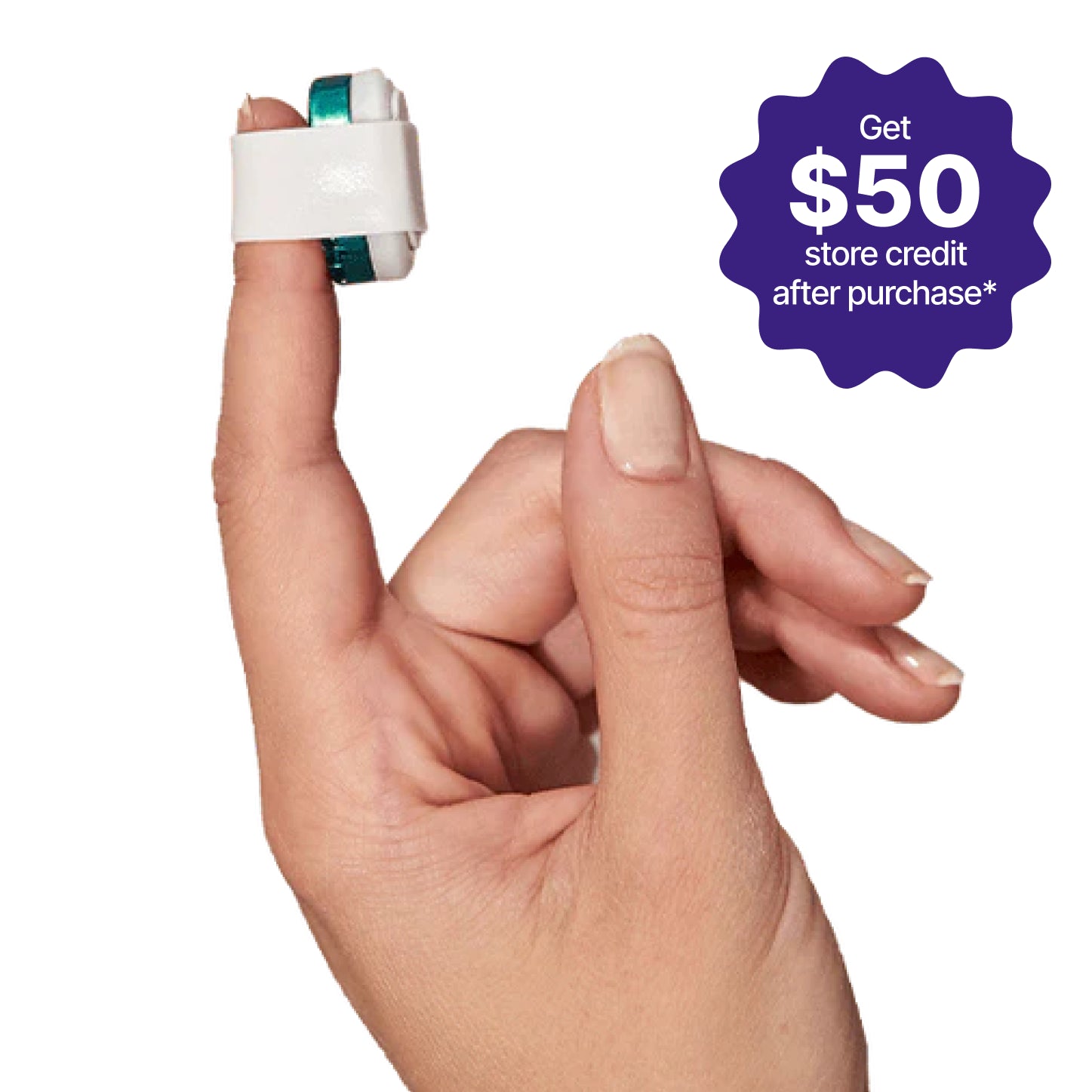
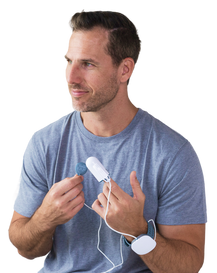




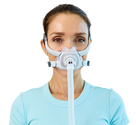
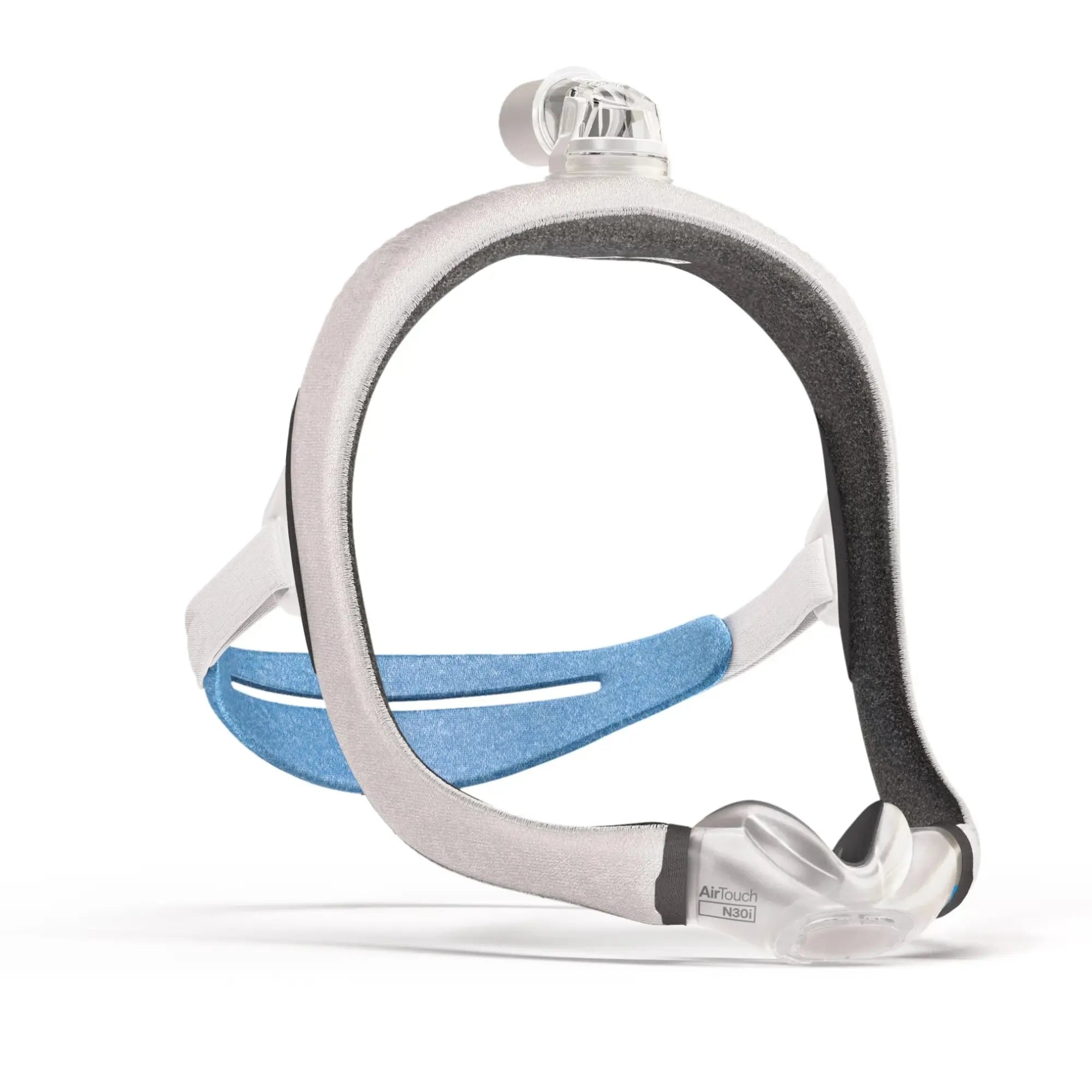




















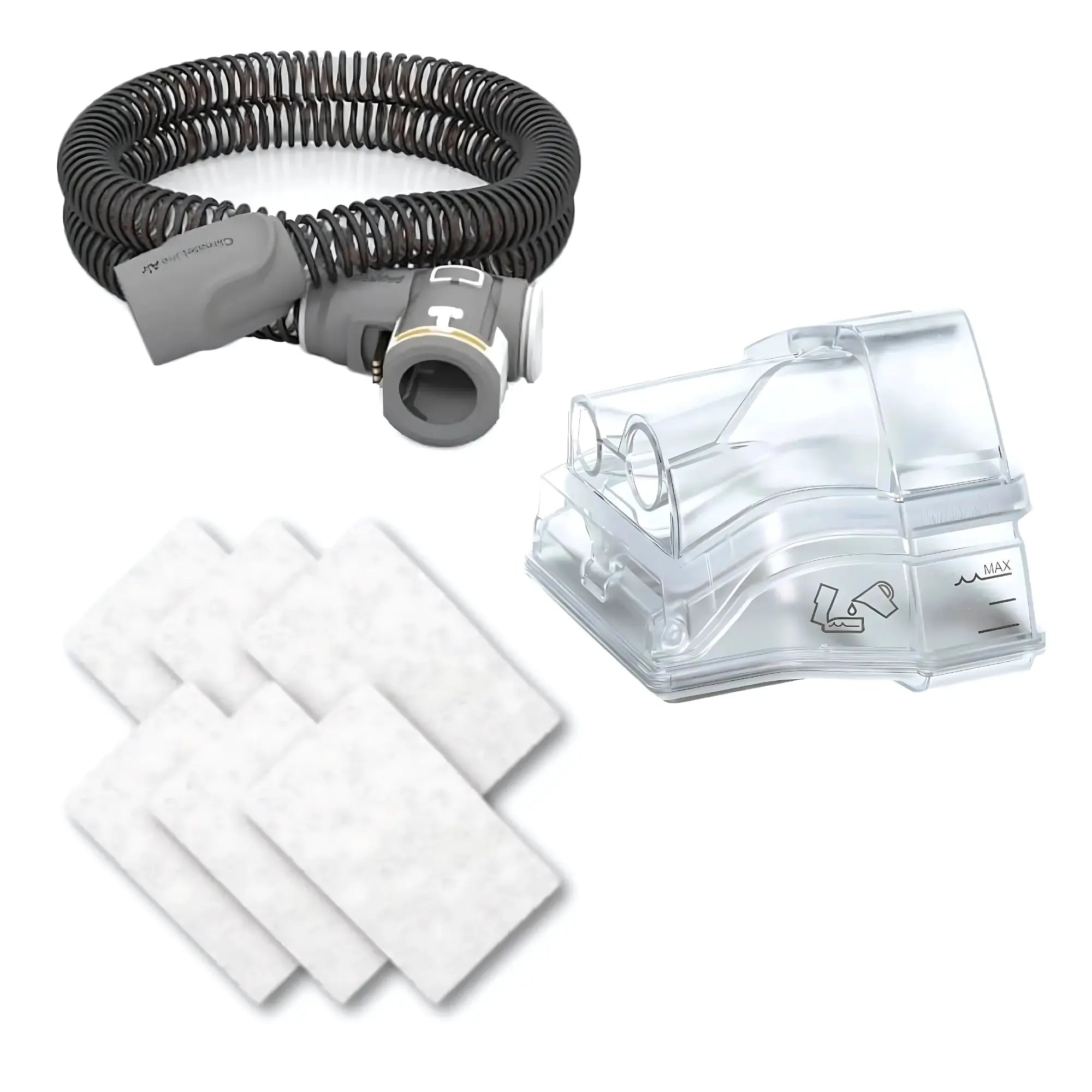





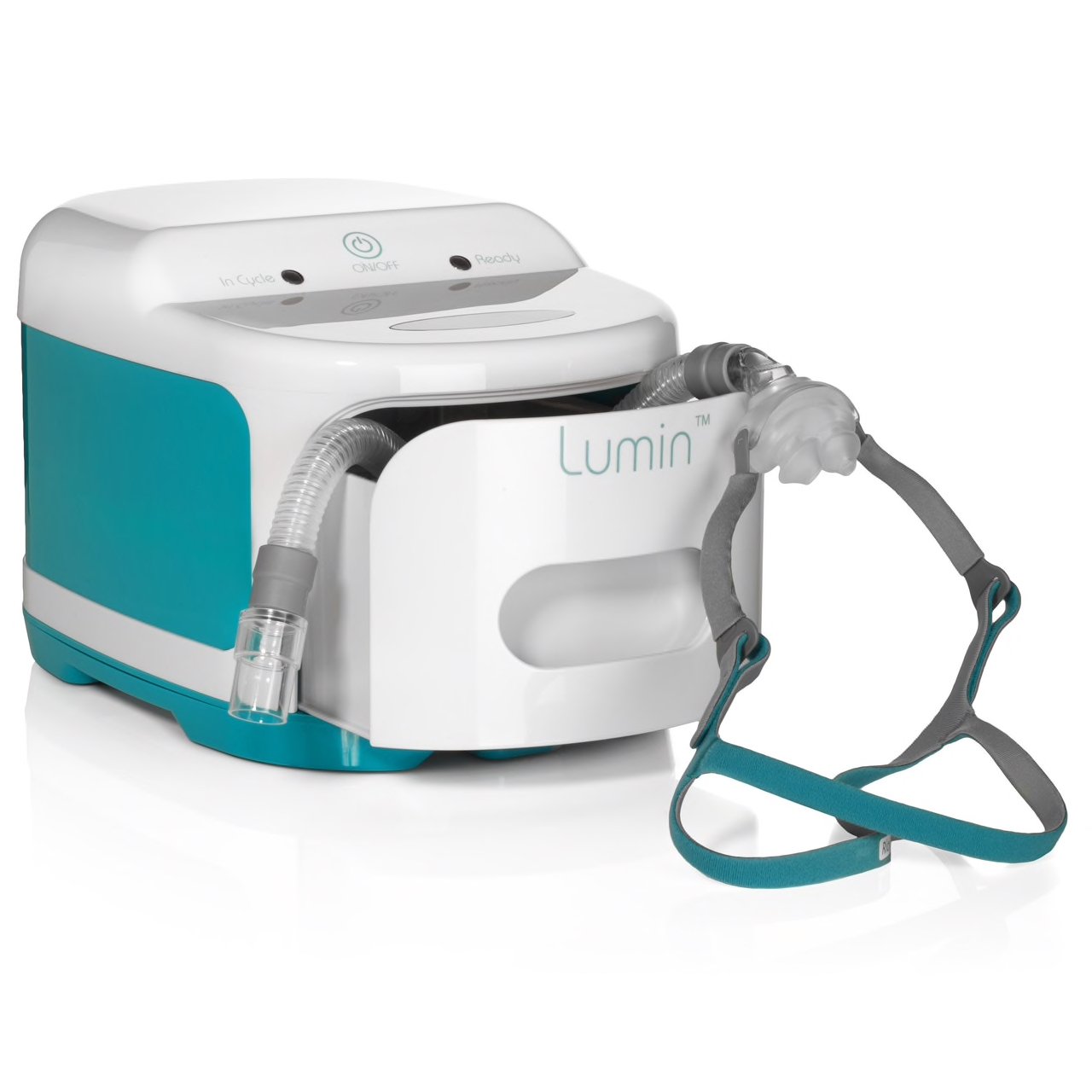
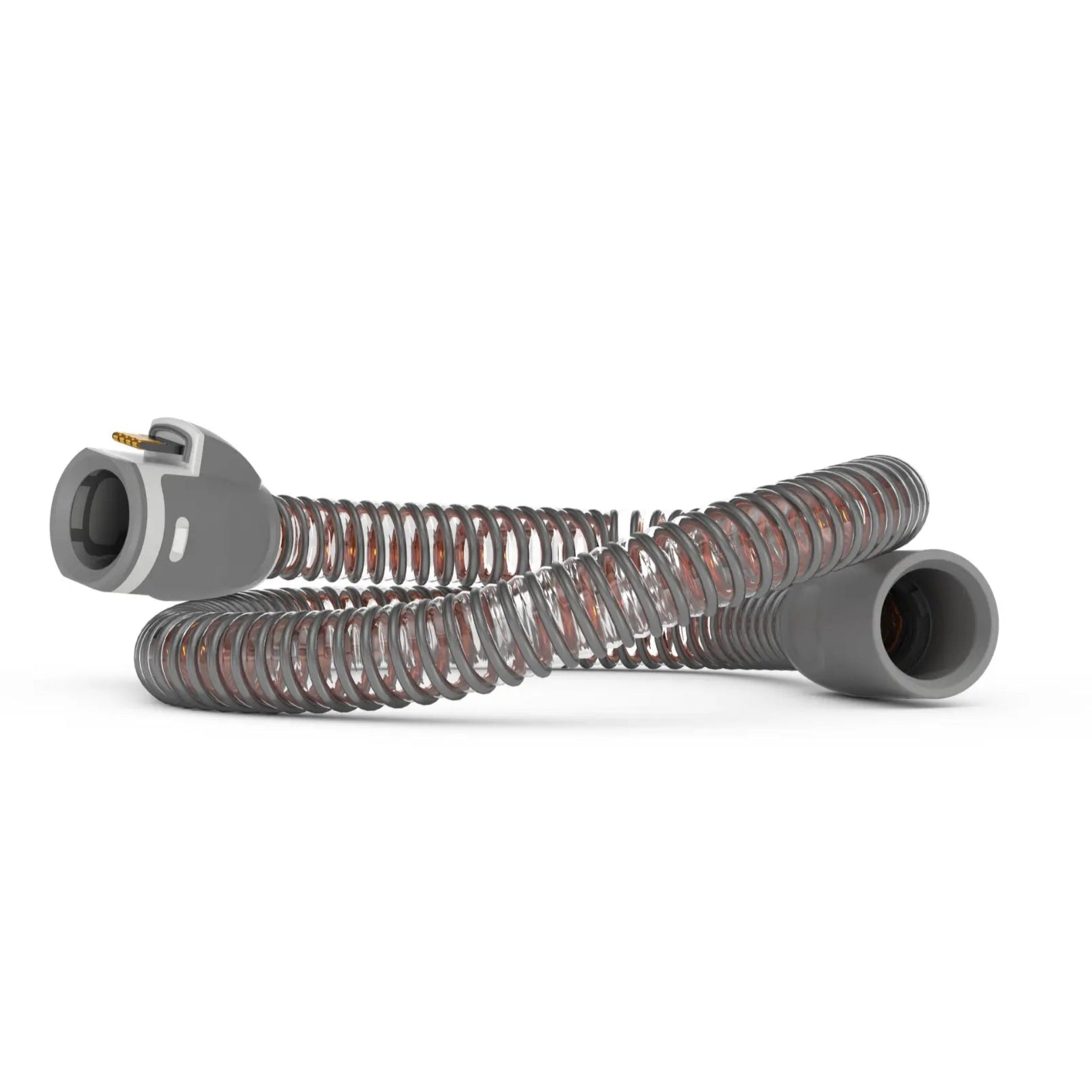




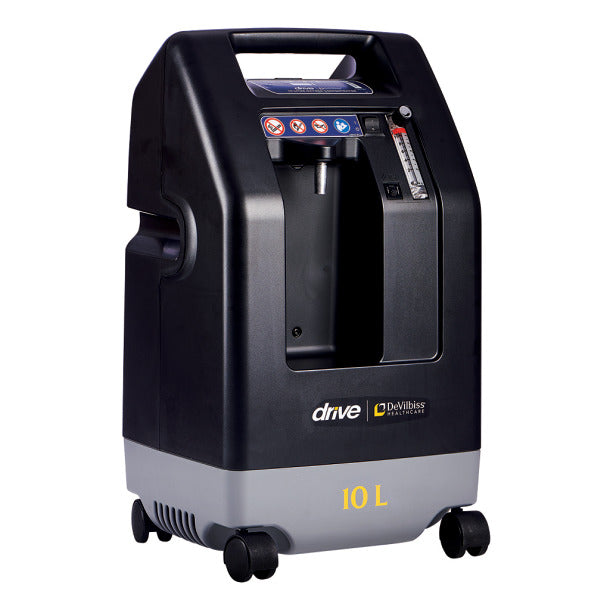
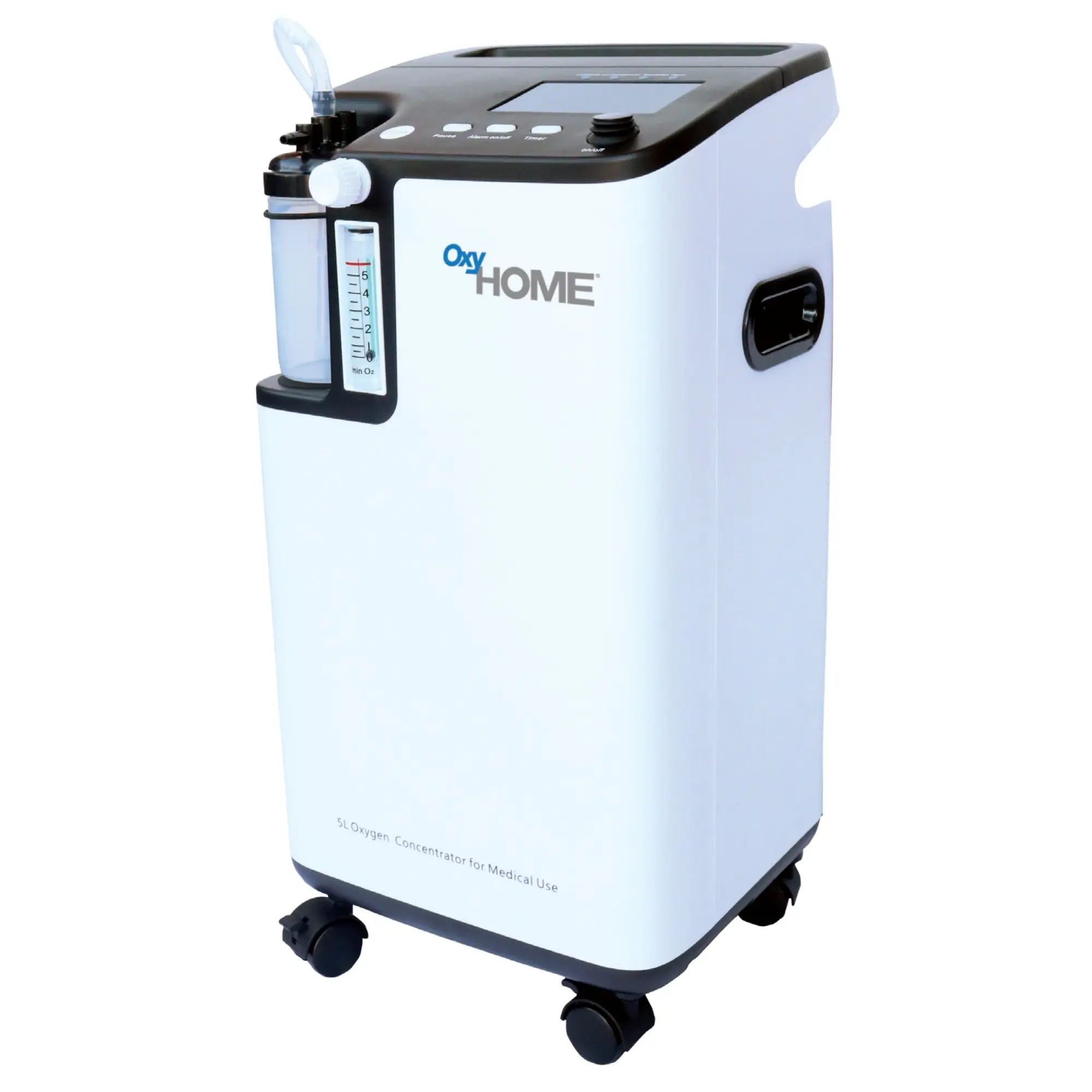





Comments (1)
Great read! I love my apple watch.